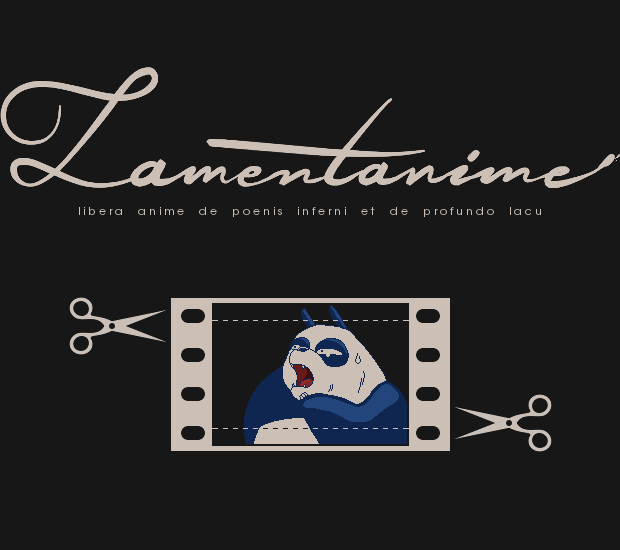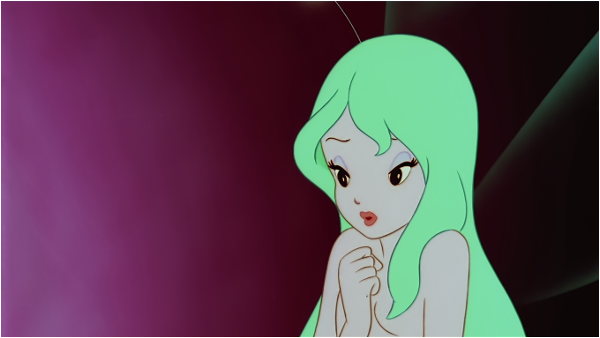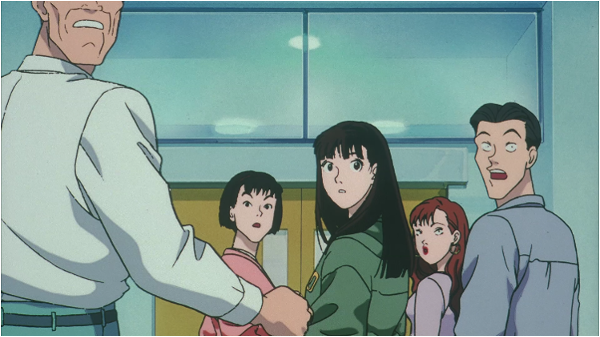Directed by Rintaro with character design by Katsuhiro Otomo, Genma Taisen (a.k.a. Harmagedon), while having an admittedly flawed script, features stunning animation and cinematography, and some of the most impressive visuals of its time. In particular, the flames and lava effects are a must see for any animation enthusiast.
Bluray :
The 2009 bluray is presented in 1.85:1 format, letterboxed on a 16:9 display.
Here's a screenshot :

DVD :
Looking at the same image from a previous DVD edition we can see that the bluray has been cropped both vertically and horizontally since the frame here is visibly bigger in height and width (extract found online) :

Trailer :
The original trailer (also found online) shows the full height of the frame, demonstrating that the movie has not been produced in widescreen originally.

Full frame :
Combining the width of the DVD with the height of the trailer, we can reconstruct what would be the full frame of the movie (bluray frame in yellow) :

Conclusion :
Genma Taisen is not a widescreen movie
Its original aspect ratio is probably close to 1.41:1.
Here we have an extreme case of cropping where almost 30% of the image is missing from the bluray edition.
Other comparison screenshots :































